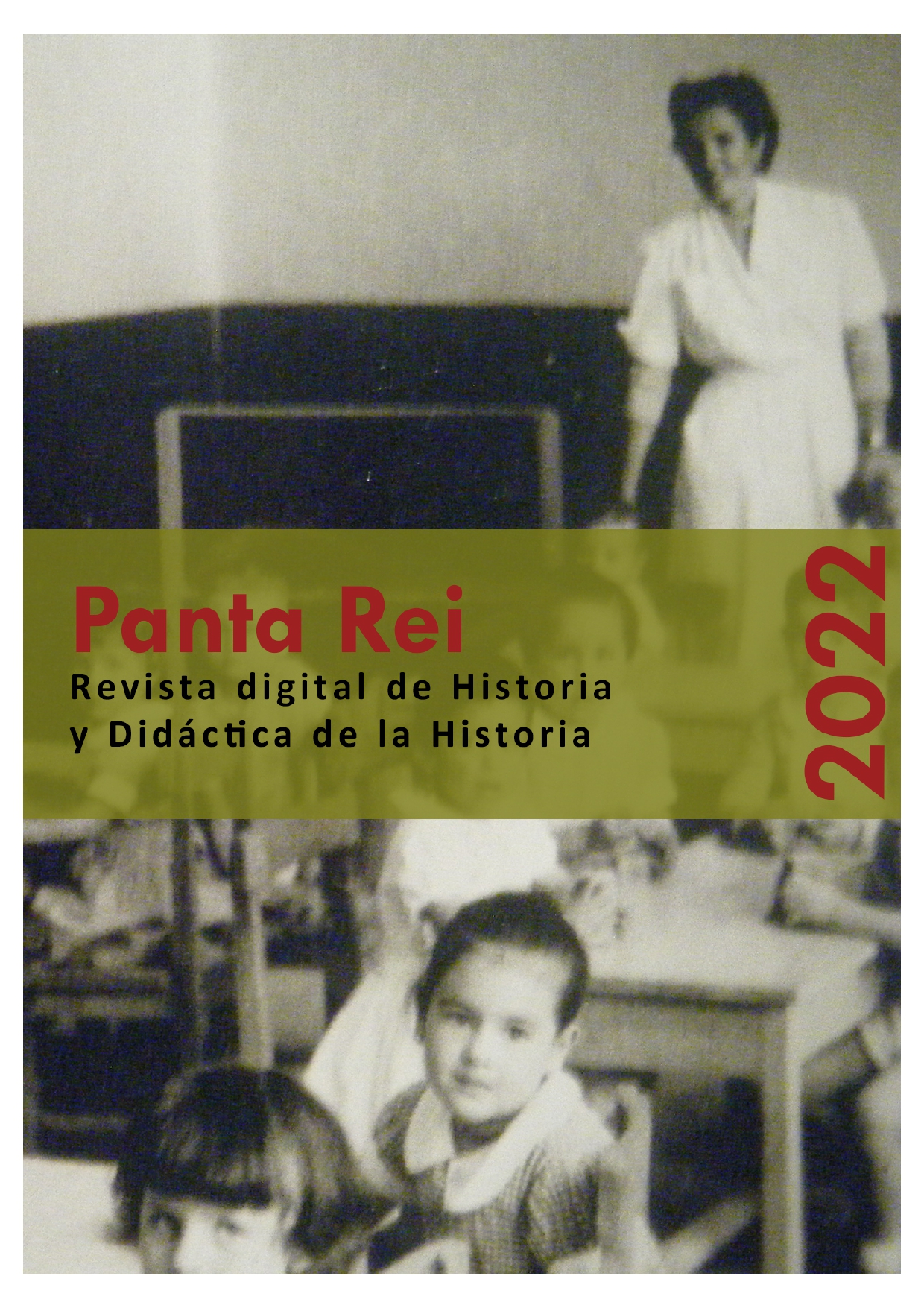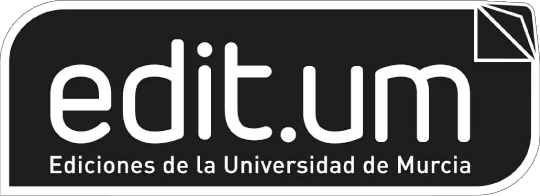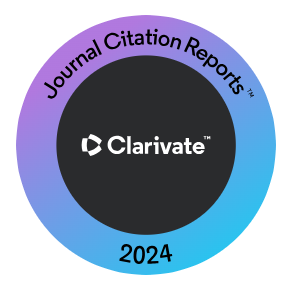El mito de las Krypho Scholeio [“Escuelas secretas”]. Aspectos sobre la comprensión y cultura histórica
Resumen
Este es un análisis de cincuenta cuestionarios entregados a estudiantes de primer año del Departamento de Educación Primaria de la Universidad de Ioannina, sobre el tema de la 'Escuela Secreta' (Krypho Scholeio), y se enfoca en temas de epistemología y cultura histórica (Grever & Adriaansen, 2017; Stathis, 2004). La investigación se apoya en investigaciones empíricas previas sobre la evaluación de narrativas históricas conflictivas por parte de alumnos y estudiantes (Afandi & Baildon, 2015; Chapman, 2016). Los hallazgos favorecen la existencia real de la escuela 'secreta' mientras que los estudiantes/participantes, cuando se les preguntó cómo interpretan la existencia de diferentes puntos de vista sobre este tema, se refirieron más a la existencia de un "sesgo" en relación con el pasado, y a un menor medida, a diferentes “perspectivas”, que representan a diferentes grupos e intereses, ya sea en el pasado o en el presente.
Descargas
-
Resumen813
-
PDF 476
-
EPUB 405
Citas
Afandi, S. & Baildon, M. (2015). Anxieties over Singapore Students’ conceptions about history and the past, Research and Practice in Humanities and Social Studies Education, 4(2), 36-47.
Angelou, A. (1997). Krypho scholeio, chroniko enos mythou [The secret school, the chronicle of a myth]. Estia.
Ankersmit, F. (1987). Narrative logic. A semantic analysis of the historian’s language. University of Groningen.
Athanasiadis, H. (2015). Ta aposyrtheda vivlia [History Textbooks Withdrawn]. Alexandreia.
Athanasopoulou, A. (2008). Diavazodas gia tin paideia epi Tourkokratias sta scholika encheiridia istorias tis defterovathmias ekpaidefsis [Reading about education in the Turkish occupation era in the secondary education history schoolbooks]. In A. Andreou, IDidaktiki tis Istorias stin Ellada kai I Erevna gia ta Scholika Encheiridia [Teaching History in Greece and Research in School Textbooks] (pp. 233-268), Metaichmio.
Barton, K. & Levstik, L. (2004). Teaching history for the common good. Lawrence Erlbaum Associates.
Bouzakis, S. & Kantartzi, E. (2019). Ta scholika echeiridia istorias tou Dimotikou scholeiou 1917-2017 [History textbooks for the Primary school 1917-2017]. Gutenberg.
Carretero, M., Berger, S., & Grever, M. (2017). Palgrave handbook of research in historical culture and education. Palgrave.
Chapman, A. (2016). Developing students’ understanding of historical interpretations. Edexcel.
Corbin, J. & Strauss, A. (2008). Basics of qualitative research. Techniques and procedures for developing Grounded Theory. Sage.
De Groot, J. (2009). Consuming history. Routledge.
Efthymiou, M. (2018). I istorikos Maria Efthymiou analyei osa de mas emathe to scholeio gia tin epanastasi tou 1821 [Historian Maria Efthymiou analyses whatever the school has not taught to us about the 1821 revolution], dinfo.gr, 20-3-2018, dinfo.gr/η-ιστορικός-μαρία-ευθυμίου-αναλύει-όσ/, an interview, accessed on the 7th July 2022.
Efthymiou, M. (2020). I istorikos Maria Efthymiou katariptei mythous tou 1821[The historian Maria Efthymiou deconstructs myths about 1821], The Best, 25-3-2020, a press portal, https://www.thebest.gr/article/522690-, an interview, accessed on the 15th July 2022.
Erdmann, E. (2008). Historical consciousness-historical culture: Two sides of the same medal? International Society for History Didactics. Jahrbuch, 2006/2007, 27-38.
Erickson, F. (1986). Qualitative methods in research on teaching. In M. Wittrock (Ed.), Handbook of Research on teaching (3rd edition), pp 119-161. MacMillan.
Etikan, I., Musa, S. A. & Alkassim, R. S. (2016). Comparison of convenience sampling and purposeful sampling, American Journal of Theoretical and Applied Statistics, 5(1), 1-4.
Grever, M. & Adriaansen, R. (2017). Historical culture: A concept re-visited. In M. Carretero, S., Berger, & M. Grever, (eds), Palgrave handbook of research in historical culture and education (pp. 73-89). Palgrave.
Green, A. (2018). Professional identity and the public purposes of history. In M. Demantowski (ed), Public history and school (pp. 175-188). De Gruyter Oldenburg.
Holmes, D. (2020). Research positionality – A consideration of its influence and place in qualitative research. International Journal of Education, 8(4), 1-10.
Husbands, C. (1996). What is History Teaching. Open University Press.
Körber, A. (2015). Historical consciousness, historical competencies-and beyond? Some conceptual development within German history didactics. PeDOCS, 1-56. DOI: 10.13140/RG.2.1.1524.9529
Kotjabopoulou, E. (2018). Challenging myths in the museum. The Acheron oracle of the dead in Ioannina. MuseumEdu, 6, 23-80.
Koulouri, C. (2020). Foustaneles kai chlamydes [‘Kilts’ and chlamys]. Alexandreia.
Kremydas, V. (2018). O Vasilis Kremydas katariptei enan enan tous mythous tou 1821 [Vasilis Kremydas deconstructs one by one the 1821 myths]. Lifo, 24-3-2018, https://www.lifo.gr/culture/vivlio/o-basilis-kremmydas-katarriptei-enan-enan-toys-mythoys-toy-1821-ki-ohi-mono-kryfo, an interview, accessed on the 15th of July 2022.
Kühberger, C. (2018). The private use of public history and its effects on the classroom. In M. Demantowski (ed.), Public history and school (pp.69-83). De Gruyter Oldenburg.
Laiou, S. & Sarigiannis, M. (2015). Othomanikes afigiseis gia tin elliniki epanastasi [Ottoman narrations about the Greek revolution]. National Research Council, Greece.
Lee, P. (2004). Understanding history. In P. Seixas (ed.), Theorizing historical consciousness (pp. 129-164). University Toronto Press.
Lee, P. (2005). Putting principles into practice: understanding history. In Donovan et al (eds.), How students learn (pp. 31-77). National Research Council.
Lee, P. (2007). From national canon to historical literacy. In M. Grever & S. Stuurman (eds.), Beyond the canon (pp. 31-48). Palgrave.
Lee, P. & Howson, J. (2009). “Two out of five did not know that Henry VIII had six wives!”: History education, historical literacy and historical consciousness. In L. Symcox & A. Wilschut (eds.), National history standards (pp. 211-264). IAP.
Liakos, A. (1998). Alkis Angelou, Krypho Scholeio, [Alkis Angelou, The secret school], a review. Mnimon, 20, 291-297. https://doi.org/10.12681/mnimon.680
Maggioni, L. et al. (2009). Walking on the borders: a measure of epistemic cognition in history. The Journal of Experimental Education, 77(3), 187-214.
Martin, D. (2018). Teaching, learning and understanding of public history in schools as challenge for students and teachers. In M. Demantowski (ed.), Public history and School (pp. 84-96). De Gruyter Oldenburg.
Millas, H. (2019). Athoos thnikismos [Innocent nationalism]. Alexandreia.
Salvanou, E. (2021). Pos mathainoume istoria horis na ti didachthoume [How do we learn history without having been taught?]. Asini.
Stahthis, P. (2016). To 1821 sto scholeio [1821 at school], I Efimerida ton Syntakton, a newspaper, 26-3-2016, https://www.efsyn.gr/arheio/fantasma-tis-istorias/6349
Stathis, P. (2005). Modern history, notes, published for the Tourist Guides School of Iraklion.
Stoel, G. et al (2017). Measuring epistemological beliefs in history education: an exploration of naȉve and nuanced beliefs. International Journal of Educational Research, 83, 120-134.
Theodoropoulos, V. (2018). Oi Tourkoi kai emeis [The Turks and ‘we’]. Kathimerini.
VanSledright, B. (2008). Narratives of nation-state, historical knowledge, and school history education. Review of Research in Education, 32, 109-146.
Wansink, B. et al. (2016). The certainty paradox of student history teachers: balancing between historical facts and interpretation. Teaching and Teacher Education, 56, 94-105.
Wertch, J. (2000). Is it possible to teach beliefs, as well as knowledge about history? In P. N. Stearns, P. Seixas, & S. Wineburg (eds.), Knowing, teaching & learning history: national and international perspectives (pp.38-50). New York University Press.
Wineburg, S. (2001). Historical Thinking and Other Unnatural Acts. Temple University Press.
Woodard, K. (2013). The digital revolution and pre-collegiate oral history. The Oral History Review, 40(2), 325-331.
Derechos de autor 2022 Eleni Apostolidou

Esta obra está bajo una licencia internacional Creative Commons Atribución-CompartirIgual 4.0.
Todos los contenidos publicados en nuestra revista están sujetos a una licencia Atribución 4.0 Internacional (CC BY-SA 4.0) de Creative Commons. Usted es libre de compartir (copiar y redistribuir el material en cualquier medio o formato) y adaptar (remezclar, transformar y crear a partir del material para cualquier finalidad, incluso comercial), bajo los siguientes términos:
Reconocimiento: Debe reconocer adecuadamente la autoría, proporcionar un enlace a la licencia e indicar si se han realizado cambios. Puede hacerlo de cualquier manera razonable, pero no de una manera que sugiera que tiene el apoyo del licenciador o lo recibe por el uso que hace.
CompartirIgual: Si remezcla, transforma o crea a partir del material, deberá difundir sus contribuciones bajo la misma licencia que el original.
El texto completo de la licencia se puede consultar en: Licencia Creative Commons













